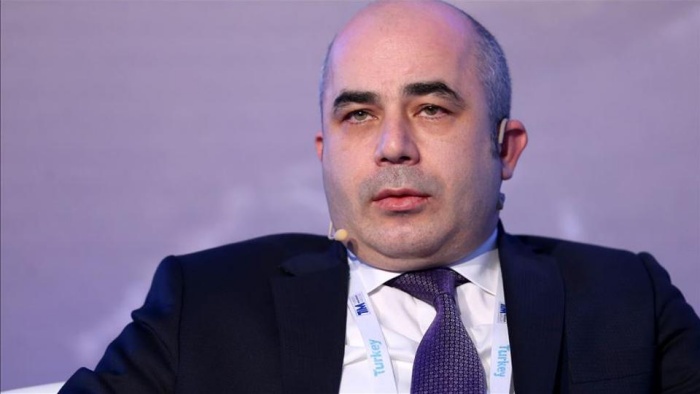Turkey’s central bank is set to adjust a tool it introduced this summer to boost lending in specific sectors of the recession-hit economy, starting by tweaking reserve requirements to squeeze more credit from lenders, two people familiar with the matter told Reuters.
The planned move, which has not yet been reported, could be one of the boldest to kick-start growth after last year’s currency crisis pushed Ankara into sometimes unorthodox steps to defend the lira and revive lending.
Under the plan the central bank would strengthen the link between lending and reserve requirements and adjust settings regularly to steer credit toward sectors such as construction and energy, which remain mired in bad loans, the sources told Reuters.
The central bank is set to sign off on the changes, they said, requesting anonymity due to the sensitivity of the matter.
Finance Minister Berat Albayrak and Central Bank Governor Murat Uysal have hinted publicly they would take such a step, but the government and the bank have made no announcements.
“We are adopting a policy framework that uses … tools such as required reserves effectively directed at the pace of increase of loans, their composition and their healthy growth in terms of sectoral distribution,” Uysal said in Istanbul on Wednesday.
Albayrak flagged plans in September to “redirect credit to the right spots”, without elaborating.
The two sources said the first step is expected to be an adjustment to a rule adopted in August, when the bank lowered reserve requirements and raised remuneration rates for lenders that had 10 percent to 20 percent loan growth.
That move has helped lift credit growth, so the plan is to essentially double down and raise the loan-growth range.
A higher ceiling would help preserve the benefits for state banks on which the government has leaned to drive lending but which risk losses on their aggressive credit extension.
It may also encourage more reticent private banks closer to the 10 percent floor to extend more credit.
